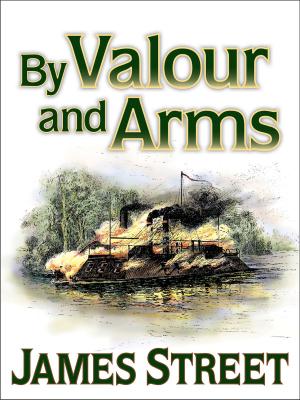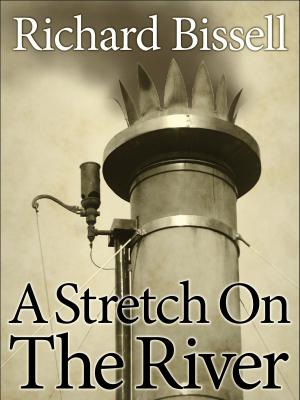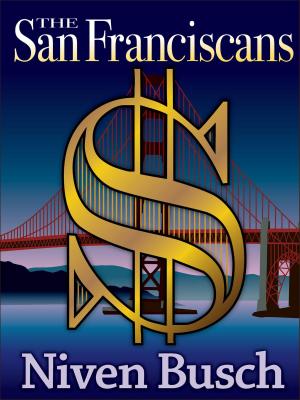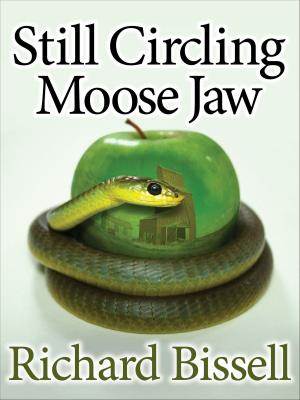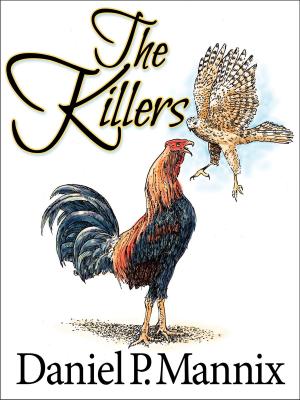| Author: | Andrew Tully | ISBN: | 9781618866974 |
| Publisher: | eNet Press Inc. | Publication: | April 26, 2015 |
| Imprint: | Language: | English |
| Author: | Andrew Tully |
| ISBN: | 9781618866974 |
| Publisher: | eNet Press Inc. |
| Publication: | April 26, 2015 |
| Imprint: | |
| Language: | English |
The average spy during the post WW II era never saw the enemy. An informant could be a physicist, a chemist, an engineer, a professor of languages, a counterfeiter, an electronics expert, a communications technician, an airplane pilot, a soldier, a sailor, a cryptologist, a translator of Sanskrit. There were jobs in the intelligence community for farmers and chefs, fingerprint experts and cloth weavers, photographers and television directors, makeup artists and female impersonators. In the United States of the late sixties, there were more spies than there were diplomats in the State Department or employees of the Department of Labor. Was the employment of some sixty thousand individuals of various espionage agencies an extravagance? Or was the information gathered about enemies and friends a necessity in a dangerous and still volatile world?
At the time of publication of Andrew Tully's The Super Spies, America's super spy agencies had been known only to the highest government officials, and Tully was the first investigative journalist to penetrate the inner sanctum of American espionage and reveal the inside story of spy organizations more powerful and more secret than the CIA.
Certainly the most formidable of all was the National Security Agency (NSA), whose specialty was electronic spying and cryptography. Though its deadly serious operations girdled the globe, NSA headquarters at Fort Meade, Maryland, resembled, at first glance, a retirement village: eight snack bars, a hospital complete with an operating room, a bank and a dry-cleaning shop.
However, beyond this facade an army of anonymous government employees received, sifted and analyzed secret information gathered by electronically equipped spy planes, ships, and satellites. Using their signals and messages NSA experts were able to pinpoint the locations of missile bases, hear conversations between top officials in Moscow and other Communist capitals, and determine the morale of Soviet fighter pilots.
Andrew Tully revealed, too, the hidden operations of other highly secret American spy organizations: DIA, a super-secret branch of the Defense Department; INR, an arm of the State Department; and the intelligence branches of the Army, Navy and Air Force.
The intelligence community had never been one happy family. The average intelligence expert was an individual of strong conviction, high talent and temperament and believed that his agency could complete an assignment better than a competing agency, and never mind a lot of folderol about rules and regulations. Some imprudent things were done and more imprudent things were said, but the gigantic spying machine did work. Although information was often duplicated and toes trod, together intelligence agencies provided information that influenced presidents, cemented decisions, and molded history.
The question the tax-paying American public had a right to ask was whether intelligence gathering agencies might not work just as well if cut down to a more manageable and less duplicative size. In The Super Spies, Andrew Tully shrewdly examined the balance sheets and, in conclusion, urged the Congress to do the same. Although the names and dates have changed, Tully's disclosures are as applicable today as they were 60 years ago. Fascinating and readable, The Super Spies was, and is, a ground-breaking book.
The average spy during the post WW II era never saw the enemy. An informant could be a physicist, a chemist, an engineer, a professor of languages, a counterfeiter, an electronics expert, a communications technician, an airplane pilot, a soldier, a sailor, a cryptologist, a translator of Sanskrit. There were jobs in the intelligence community for farmers and chefs, fingerprint experts and cloth weavers, photographers and television directors, makeup artists and female impersonators. In the United States of the late sixties, there were more spies than there were diplomats in the State Department or employees of the Department of Labor. Was the employment of some sixty thousand individuals of various espionage agencies an extravagance? Or was the information gathered about enemies and friends a necessity in a dangerous and still volatile world?
At the time of publication of Andrew Tully's The Super Spies, America's super spy agencies had been known only to the highest government officials, and Tully was the first investigative journalist to penetrate the inner sanctum of American espionage and reveal the inside story of spy organizations more powerful and more secret than the CIA.
Certainly the most formidable of all was the National Security Agency (NSA), whose specialty was electronic spying and cryptography. Though its deadly serious operations girdled the globe, NSA headquarters at Fort Meade, Maryland, resembled, at first glance, a retirement village: eight snack bars, a hospital complete with an operating room, a bank and a dry-cleaning shop.
However, beyond this facade an army of anonymous government employees received, sifted and analyzed secret information gathered by electronically equipped spy planes, ships, and satellites. Using their signals and messages NSA experts were able to pinpoint the locations of missile bases, hear conversations between top officials in Moscow and other Communist capitals, and determine the morale of Soviet fighter pilots.
Andrew Tully revealed, too, the hidden operations of other highly secret American spy organizations: DIA, a super-secret branch of the Defense Department; INR, an arm of the State Department; and the intelligence branches of the Army, Navy and Air Force.
The intelligence community had never been one happy family. The average intelligence expert was an individual of strong conviction, high talent and temperament and believed that his agency could complete an assignment better than a competing agency, and never mind a lot of folderol about rules and regulations. Some imprudent things were done and more imprudent things were said, but the gigantic spying machine did work. Although information was often duplicated and toes trod, together intelligence agencies provided information that influenced presidents, cemented decisions, and molded history.
The question the tax-paying American public had a right to ask was whether intelligence gathering agencies might not work just as well if cut down to a more manageable and less duplicative size. In The Super Spies, Andrew Tully shrewdly examined the balance sheets and, in conclusion, urged the Congress to do the same. Although the names and dates have changed, Tully's disclosures are as applicable today as they were 60 years ago. Fascinating and readable, The Super Spies was, and is, a ground-breaking book.




